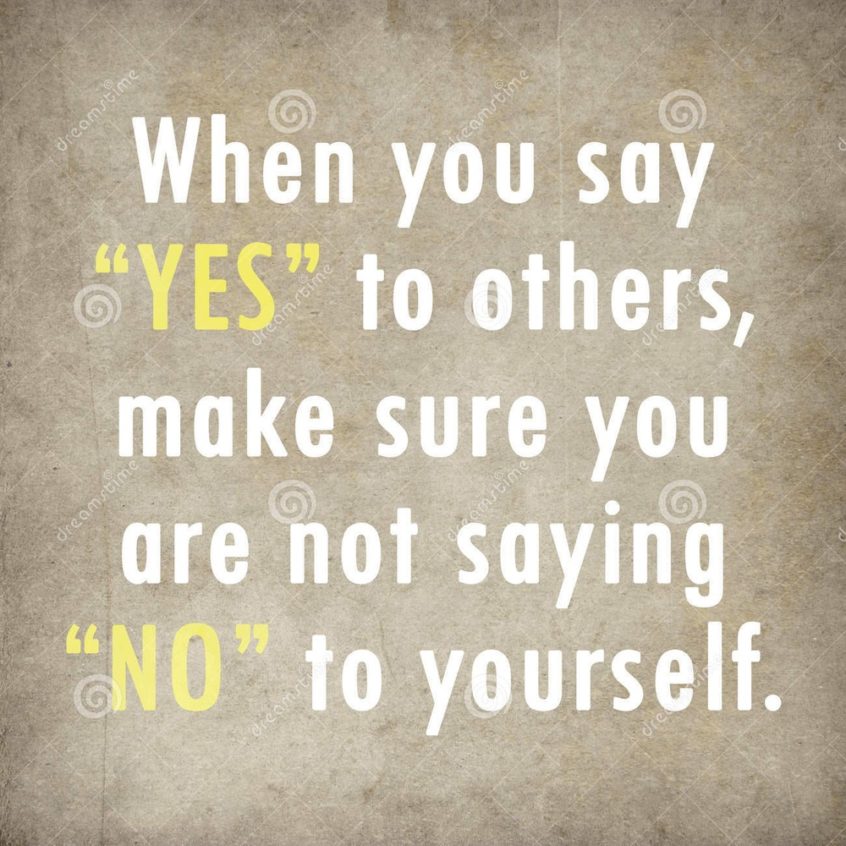When an individual encounters the feeling of stress or experiences difficulties with their emotions, it can be essential that they utilize a coping mechanism to help counteract it. A coping mechanism (or a coping skill) is a technique many counselors/therapists suggest to clients as a way of reducing feelings of stress, anxiety, anger, depression, etc. Coping skills are often utilized as a means to help individuals stabilize their mood, decrease anxiety, suppress depressive thoughts, as well as deal with numerous different problems and minimize stress.
There are two different forms of coping mechanisms, which are: unhealthy coping skills and healthy coping skills. Individuals often utilize unhealthy coping skills as a “quick” form of gratification or relief from a problem or emotion. They typically do not help to solve a problem, but may distract or numb the individual temporarily. They may also be a catalyst for future problems and negative consequences as well. There are numerous unhealthy coping skills that an individual can utilize, but some examples include: isolating oneself, self-harm, avoiding sleep or sleeping too much and physical aggression.
Healthy coping skills however, tend to help the individual resolve problems and increase their likelihood of experiencing positive results. They are more proactive and allow the individual to effectively cope with negative experiences. There are various healthy coping skills that an individual can utilize, but some common examples include: seeing a therapist or a counselor, journaling, exercising, eating a balanced diet and deep breathing exercises.
Let’s discuss a hypothetical situation for a moment that may help display the differences between healthy and unhealthy coping mechanisms.
The example:
Jane Doe has recently been experiencing difficulties in her relationship. She has felt uneasy and upset, as she suspects her partner may have been unfaithful. The thought of confronting her partner is causing her to experience extreme anxiety and depressive thoughts. In order for Jane Doe to reduce these unwanted feelings, she is utilizing unhealthy coping mechanisms. Instead, Jane Doe could utilize the healthy coping skill of seeking professional help. By seeing a mental health professional, she could work towards feeling less anxious and depressed in a healthier manner.
If you are interested in learning more about healthy vs. unhealthy coping mechanisms please check out this link! https://www.therapistaid.com/worksheets/healthy-unhealthy-coping-strategies.pdf
This is an extremely informative worksheet/online activity that does a wonderful job at helping individuals replace unhealthy coping skills with healthy ones. I highly suggest utilizing this worksheet if you are looking to incorporate more effective coping mechanisms into your life! It is an excellent tool to utilize both at home, or with a counselor as well.















